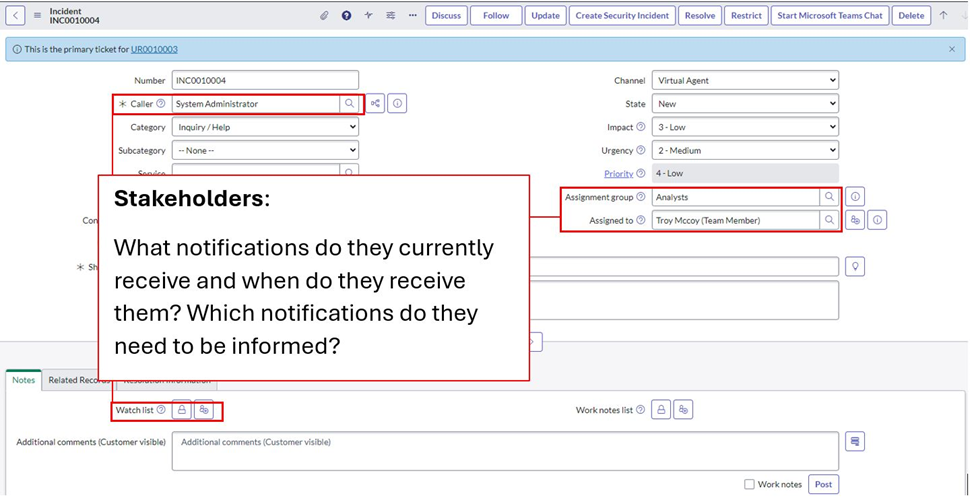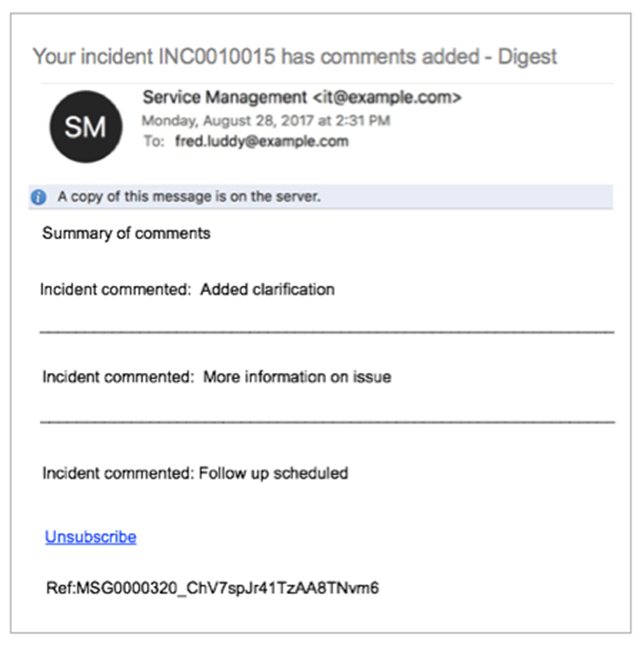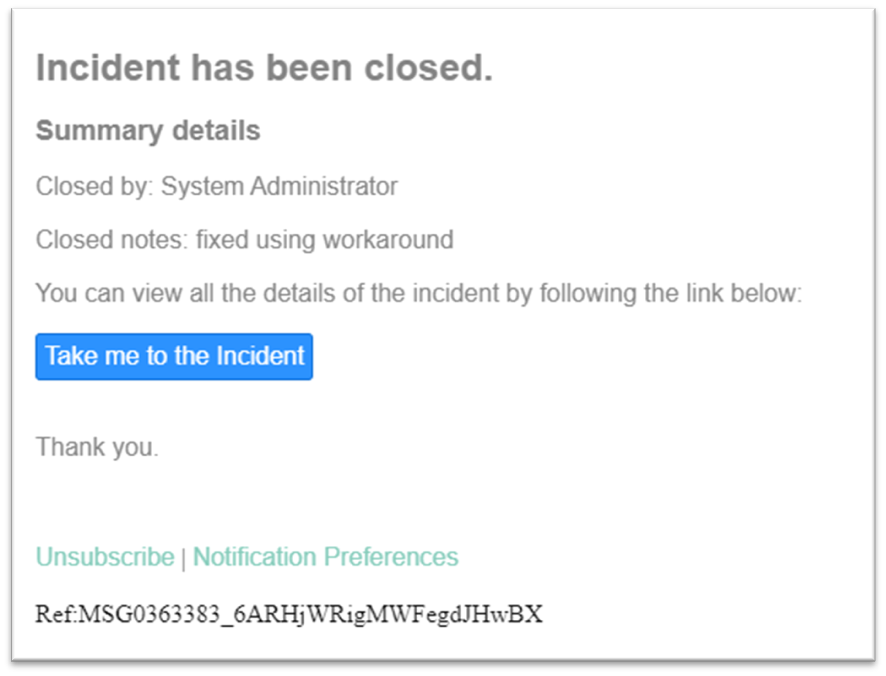How to contain overpowering ServiceNow email count without underpowering your workforce
Picture this: you’ve just settled into your Monday morning groove, coffee in hand, or maybe you’re back from a long vacation, eager to dive back into work. The anticipation of catching up quickly fades as you open your email, only to be met with a barrage of ServiceNow notifications. Some relevant, some redundant, but all threatening to drown out your day’s productivity as you try to sift through which is which…
Sound familiar? Let’s navigate a better way forward.
Navigating the Email Avalanche
ServiceNow, being the powerful platform that it is, often generates a large volume of emails right from the get-go. From IT Leaders overseeing large-scale operations, to Customer Service agents assigned to tickets, staying on top of these communications can present its own set of challenges.
This is a common theme that we’ve seen in many client organizations. The resulting phenomenon is something you might have heard of: Email Fatigue. Because of sheer volume, recipients no longer actively try to engage with ServiceNow emails. It quickly becomes difficult to discern which are relevant, and which are redundant, sometimes missing important communication that creates work inefficiencies and could incur financial loss.
Luckily, ServiceNow is a highly flexible platform. By leveraging ServiceNow’s configuration engine and updating email preferences, IT leaders can streamline communication channels, reduce email fatigue, and ensure that critical information reaches the right stakeholders. Here are some of the methods that we at Concurrency have used to help customers reduce emails coming from ServiceNow:
1. The Single-Email Shift
At Concurrency, we’ve created what we call the “single email” or “user-centric” approach. Simply put, we’ve taken emails in the same context, and consolidated them into a single email. This approach can be applied to any new or existing email notifications in ServiceNow that are sent at the same time.

An example of a applying a user-centric email approach to approvals – on the left, what a user would normally receive every day for an approval reminder. On the right, a consolidation of approval reminders in a single email.
Consolidating emails such as the above greatly reduces user’s emails relative to approval reminders. Using this method at some approval heavy organizations, we’ve seen the number of emails drop 15-20% in some cases! This greatly improves the approver’s experience – and you can also apply the same logic to other email notifications like Change Task reminders.
2. Relevance over volume
Discuss with stakeholders about the types of records and notifications that users need to receive on those records. For example, when working with requests or requested items, maybe not everyone on the watchlist would like to receive an email every time a requestor places a comment on a ticket. Some may only want to be notified when the request is complete. It then might be worth turning off certain notifications, while modifying others. Discussing these preferences upfront allows for a more tailored and efficient notification system.
You can begin these discussions by identifying stakeholders on records and starting to ask questions about emails or notifications they currently receive:

Identifying stakeholders and mapping out the notifications can help you find the ones that are important.
3. Email Digests
For records or tickets packed with comments and crucial work notes, the challenge is clear: how do you stay informed without drowning in notifications? ServiceNow’s solution: Instead of a constant flow of alerts, users receive a straightforward summary of key activities, changes, or updates at set times, ensuring they get the essential information they need without the noise.

An example of an email digest configured for incident tickets. A consolidated email for the 3 comments occurring within a set time period – definitely better than 3 separate emails.
To learn more about email digests, check out this product documentation from ServiceNow.
4. Unsubscribing
Alternatively, on a per-user basis, you can unsubscribe from certain types of ServiceNow Notifications, enabling a more granular type of email control. Users can unsubscribe from notifications two ways – one by clicking the unsubscribe button on a ServiceNow email, or by turning off the notification in the platform preferences.


By allowing individuals to opt out of certain types of notifications, such as routine updates or low-priority alerts, they can streamline their inbox and focus on what matters most to them. It’s a proactive step towards creating a more user-centric ServiceNow environment, where individuals have the flexibility to customize their notification settings for optimal productivity and engagement.
Final Recommendations
Achieving a balanced approach is crucial: we want to reduce email fatigue without inadvertently disabling critical notifications. Consider these steps:
- Assess current notification settings.
- Engage with key stakeholders to understand user needs.
- Pilot changes with a smaller user group before full implementation.
Take these recommendations as a guide, not as a definitive roadmap. Finding the right mix between disabling/configuring notifications and focusing on what users truly need is a journey, not a one-size-fits-all solution. It’s always best to consult with the thought leaders in your organization to tailor these recommendations to your specific context.
And of course, if you ever need help taming the ServiceNow Email Deluge or need to consult with certified experts about your ServiceNow implementation, please feel free to contact us here!
Thanks for reading.